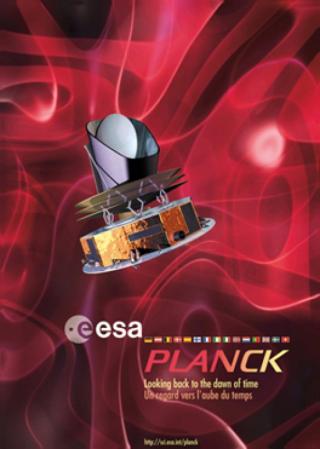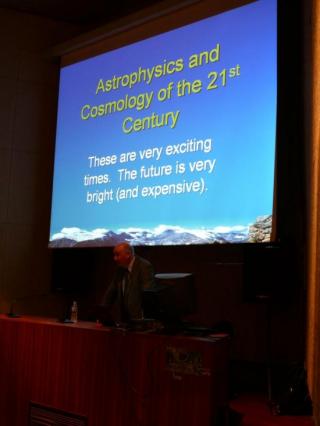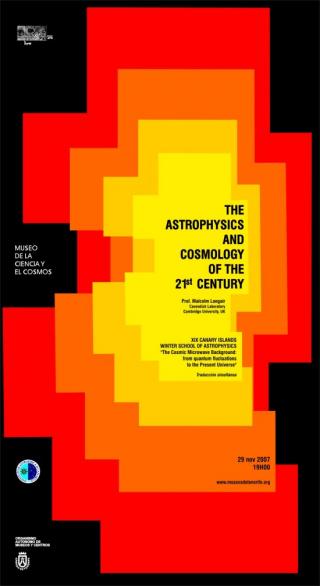
El IAC participa en la concepción y desarrollo de la carga útil científica de la misión Planck para el estudio del Fondo Cósmico de Microondas
Advertised on
This section includes scientific and technological news from the IAC and its Observatories, as well as press releases on scientific and technological results, astronomical events, educational projects, outreach activities and institutional events.




